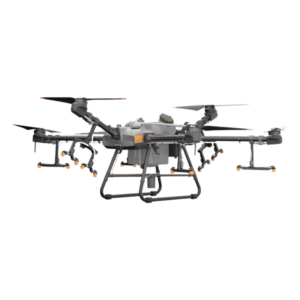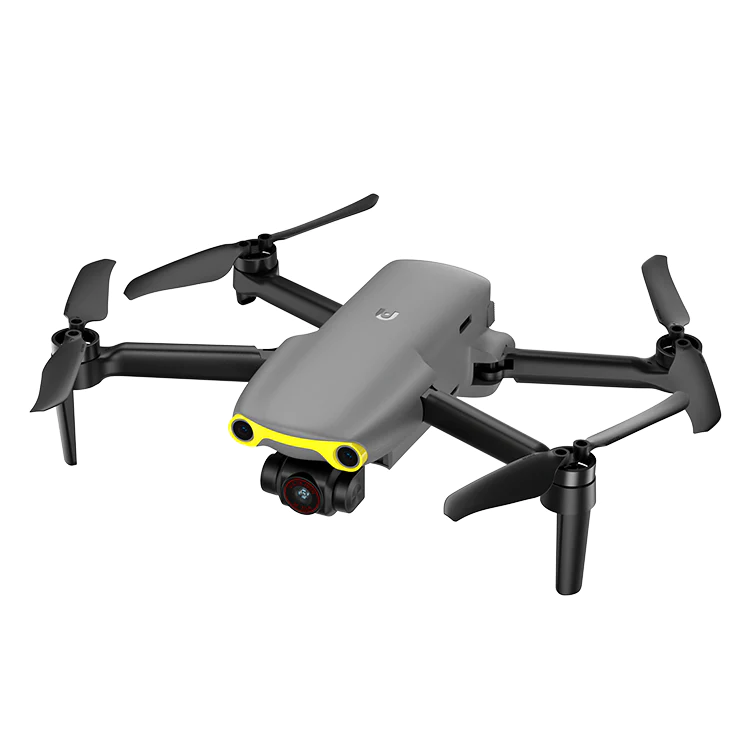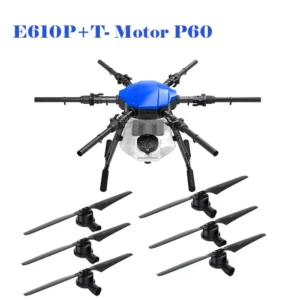Cart totals
| Subtotal | ₹442,957 |
|---|---|
| Shipping |
Shipping options will be updated during checkout. |
| Total | ₹443,197 (includes ₹1,601 GST, ₹62,440 GST) |
At Xboom, your shopping experience matters. Our streamlined cart system helps you manage your selected gadgets with ease and clarity. Whether you’re picking up drones, cameras, or smart safety gear, you can review everything in one place.
The cart displays all product details clearly. You can adjust quantities, remove items, or continue browsing without losing your selections. We designed this space to simplify your buying journey and give you full control.
As you add products, the cart updates the total cost automatically. It includes discounts, taxes, and estimated shipping. This helps you plan better and shop smarter. You never face surprises at checkout.
Your login keeps your selections saved across devices. So even if you switch from phone to laptop, your items stay intact. We protect all your data with advanced security for safe transactions.
Not ready to purchase yet? Leave items in your cart while you explore more. You can return anytime to complete the order. Our support team remains available to assist you throughout.
From premium action cameras to cutting-edge robots, we help you buy with confidence. With real-time updates and simple navigation, your shopping becomes smoother than ever.
At Xboom, we aim to make tech shopping efficient and enjoyable. So take your time, choose wisely, and move to checkout only when you’re ready.
Start your purchase with ease and end with satisfaction. Your journey to smarter gadgets begins right here.
Conclusion
At Xboom, we make your shopping journey simple, secure, and enjoyable. Our cart system gives you full control over your selections, ensuring a smooth experience from browsing to checkout. Whether you’re buying drones, cameras, or smart gadgets, you can easily review, update, or save items for later. With real-time pricing, safe payments, and cross-device syncing, you stay informed and protected. If you have questions, our expert support team stands ready to help. Your journey to smarter, tech-powered living starts here. Enjoy a seamless, reliable, and future-ready shopping experience—only at Xboom. Add to cart today and step into innovation.






